Search Images
Browse Content (p. 1557)
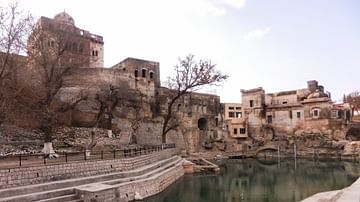
Image
Sacred Pool, Katas Raj Temples, Pakistan
The sacred pool at Katas Raj Temples, said to have sprung from the tears of Shiva at the loss of his wife Satti. It is said to be the twin of the pool at Puruksha at Ajmer and is considered to be where the Pandawa brothers of the Mahabharata...
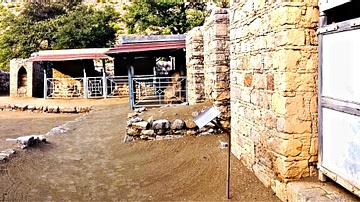
Image
Mohra Moradu Monastery
Interior Panorama view of Mohra Moradu monastery with ablution tank in the center. 2nd - 5th Cent CE.
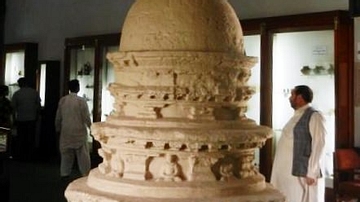
Image
Cast of Commemorative Stupa, Taxila
The original stupa is still in its location at the Mohra Moradu Monastery complex and a plaster cast of it has been placed at Taxila Museum. It depicts an exaggerated version of a stupa built to commemorate a high level monk at the monastery...
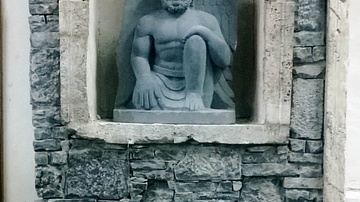
Image
Reconstruction of Gandharan Architecture
A wall panel recreated using typical materials and decorative techniques at Quaid-e-Azam University to showcase Gandharan Architecture for students. The panel contains a structural wall created using typical small diaper masonry, with some...
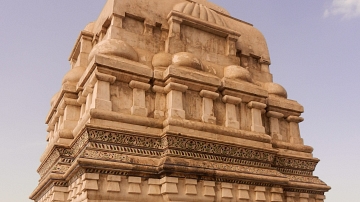
Image
Sath Graha Temple (Side)
One of the temples at the Sath Graha section of Katas Raj, Chakwal, Punjab, Pakistan, an ancient Hindu site dedicated to the worship of Shiva and prior to that a Buddhist site as well. This particular building is dated approximately to 650-900...
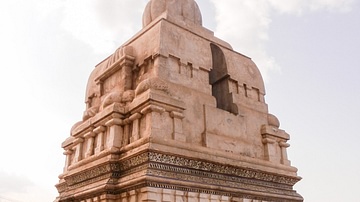
Image
Sath Graha Temple (Front)
One of the temples at the Sath Graha section of Katas Raj, Chakwal, Punjab, Pakistan, an ancient Hindu site dedicated to the worship of Shiva and prior to that a Buddhist site as well. This particular building is dated approximately to 650-900...
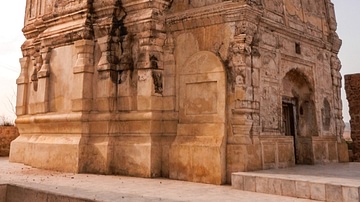
Image
Sath Graha Central Temple
The main central temple at the Sath Graha section of Katas Raj, Chakwal, Punjab, Pakistan, an ancient Hindu site dedicated to the worship of Shiva and prior to that a Buddhist site as well. This particular building is dated approximately...
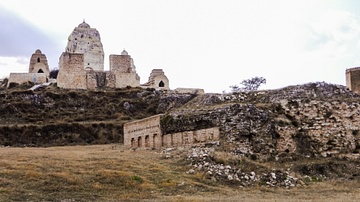
Image
Sath Graha at Katas Raj
Sath Graha or Seven Temples in the background with ruins of the Buddhist era stupa in the fore. The Temples date to the Hindu Shahi period (615-950 CE) and the Stupa is from the Asokan period at its earliest as described by Cunningham but...

Image
Seekers of the Seven Cities of Gold
Artist's impression of how Coronado's expedition may have looked, titled "Seekers of the Seven Cities of Gold, Coronado in the Chiricahaus".

Image
Egyptian Hieroglyphics
Egyptian hieroglyphic inscription on wood, from the tomb of the general Horemheb. Saqqara, Egypt, c. 1300 BCE. Louvre Museum, Paris, France.